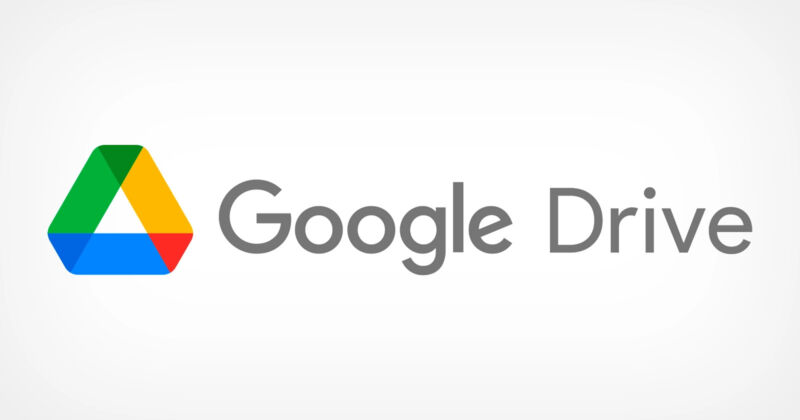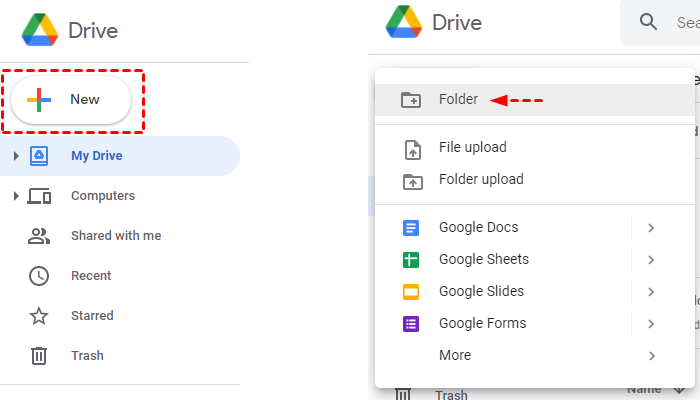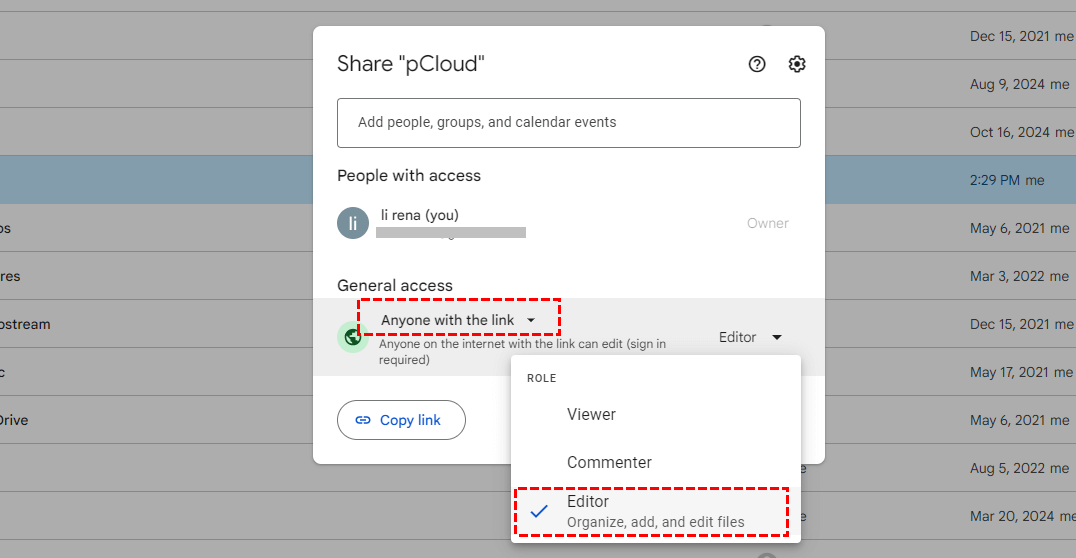Quick Search:
Introduction
Ever wondered if someone without a Google account can actually upload to your Google Drive? Good news — it's possible! Let's dive into exactly how it works, why you'd want to allow it, and everything you need to know to make it happen without a hitch.
Understanding Google Drive Basics
What is Google Drive?
Simply put, Google Drive is like a massive digital locker. It's where you can store files, share them, and access them from anywhere. Whether it’s documents, images, or videos, it keeps everything in one handy spot.
Why is Google Drive Popular?
Besides being free (with limits), it’s super user-friendly. Plus, it plays nice with all sorts of devices — smartphones, tablets, laptops, you name it. Collaboration has never been easier!
🌼Want to know about more Google Drive alternatives?
New Requirements for Uploading to Google Drive
In the early days, only users with a Google account could upload files directly. It made sense — Google wanted you in their ecosystem. But it wasn't always practical, especially for businesses dealing with a wide variety of clients and partners.
Sure, sometimes there are also some special cases. Imagine working with freelancers, clients, or event participants — many won't have Gmail. Requiring them to create an account just to send a file? Nah. Removing that barrier makes life easier for everyone and speeds up collaboration.
Can Non-Google Users Upload to Google Drive?
Short answer: Yes, they can! Thanks to some updates, non-Google users can now interact with Google Drive folders in a meaningful way.
Google introduced "File Requests" (for Workspace accounts) and flexible folder sharing settings that allow anyone with the link to upload — no sign-in required.
Pretty cool, right?
Setting Up Google Drive to Allow Non-Google User Uploads
Let’s get your settings right so anyone — even without a Gmail — can send you files.
1. Creating a Shared Folder
Think of a shared folder like a mailbox where anyone can drop their packages. Easy and accessible!
1. Open Google Drive.
2. Click "New" > "Folder" and create a folder.
3. Right-click the folder and select "Share".
4. Under "General Access", choose "Anyone with the link".
5. Set the permission to "Editor" if you want uploads.
2. Managing Permissions
You need to be a little strategic when setting permissions.
- Viewer: Can only see files.
- Commenter: Can leave notes but can’t edit.
- Editor: Can upload, edit, and organize files.
For uploads, you’ll need to assign Editor access — but be cautious (more on that soon).
Best Practices When Allowing Non-Google Uploads
Security Tips
- Create a dedicated folder just for uploads — don’t give access to your main Drive.
- Regularly monitor the folder to ensure no one is deleting or altering important files.
- Remove access once uploading is finished.
Organizational Tips
- Request users to name files clearly.
- Sort files into subfolders based on projects, events, or users.
- Archive completed uploads somewhere safe after checking them.
Alternatives to Google Drive for Non-Google Users
Maybe Google Drive isn’t your soulmate after all? Check these out:
Dropbox has an actual "file request" feature built-in — no account needed. Super simple!
2. OneDrive Request Files Feature
Microsoft's OneDrive offers a similar tool, letting users upload files to a folder even if they don't have a Microsoft account.
Sometimes, taking the scenic route (aka using alternatives) gets you where you need to go faster.
Common Problems and How to Fix Them
Problem: Uploads not working.
Solution: Double-check that permissions are correctly set to "Anyone with the link" and "Editor."
Problem: Files being deleted or renamed.
Solution: Create a new upload-only folder to minimize damage and monitor activity frequently.
Problem: Confused participants.
Solution: Provide simple instructions or even a short video tutorial on how to upload.
Final Thoughts
Allowing non-Google users to upload to Google Drive isn't just possible — it's relatively simple with the right setup! With a few quick tweaks, you can make your Drive a welcoming spot for all your collaborators, Gmail or not. Just be sure to take a few security precautions, and you’ll be good to go.
Bonus Tip: Best Way to Manage Google Drive Data
If you're juggling multiple cloud storage accounts or simply want a smarter, easier way to manage your Google Drive data, MultCloud is the tool you need. This powerful cloud management platform lets you access, transfer, sync, and back up files between different cloud services — all in one place, without downloading anything.
With MultCloud, managing your Google Drive becomes incredibly efficient, whether you're organizing large batches of files, automating backups, or syncing with other drives like Dropbox or OneDrive. Its clean interface and automation tools save you time and hassle, making it the best way to take control of your Google Drive data.

- Cloud Transfer: Seamless cloud migration between different services and accounts, supporting scheduled migration.
- Team Transfer: Seamless cloud migration between different enterprise storage services, supporting batch migration of sub-accounts.
- Cloud Sync: Real-time sync of data between different services, supporting 10 sync modes.
- Cloud Backup: Important data backup between different services, supporting version management and data recovery.
- Email Migration: Easily save emails to a flash drive or cloud account.
- Remote Upload: The content in URLs, torrent files or magnet links is automatically parsed to the cloud drive.
MultCloud Supports Clouds
-
Google Drive
-
Google Workspace
-
OneDrive
-
OneDrive for Business
-
SharePoint
-
Dropbox
-
Dropbox Business
-
MEGA
-
Google Photos
-
iCloud Photos
-
FTP
-
box
-
box for Business
-
pCloud
-
Baidu
-
Flickr
-
HiDrive
-
Yandex
-
NAS
-
WebDAV
-
MediaFire
-
iCloud Drive
-
WEB.DE
-
Evernote
-
Amazon S3
-
Wasabi
-
ownCloud
-
MySQL
-
Egnyte
-
Putio
-
ADrive
-
SugarSync
-
Backblaze
-
CloudMe
-
MyDrive
-
Cubby



